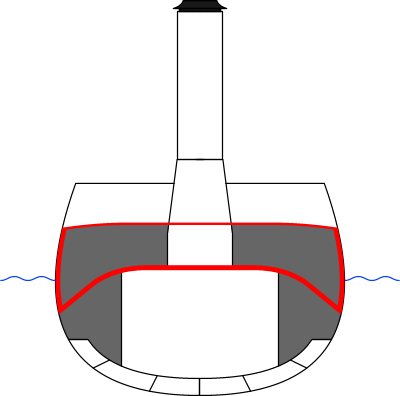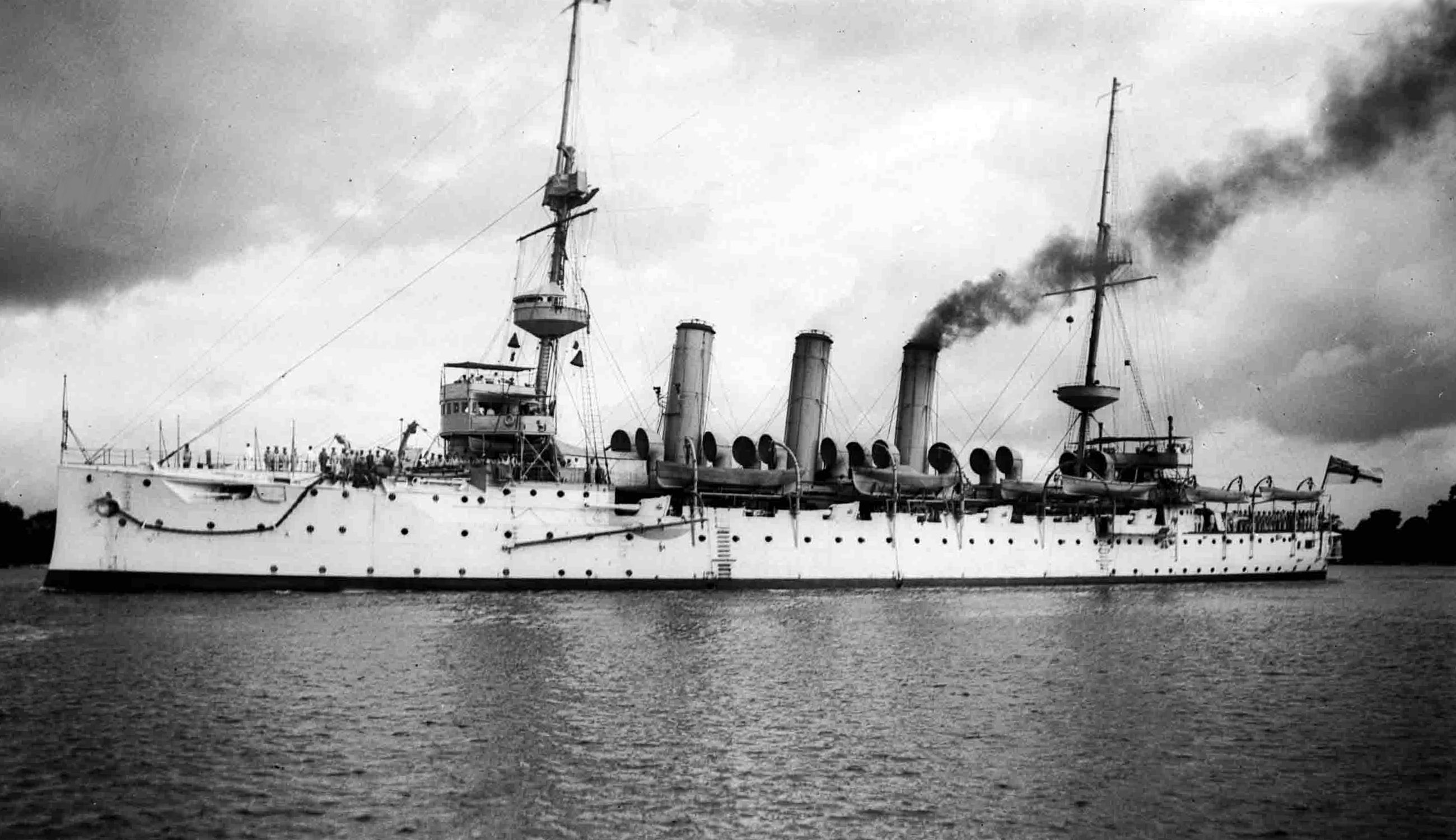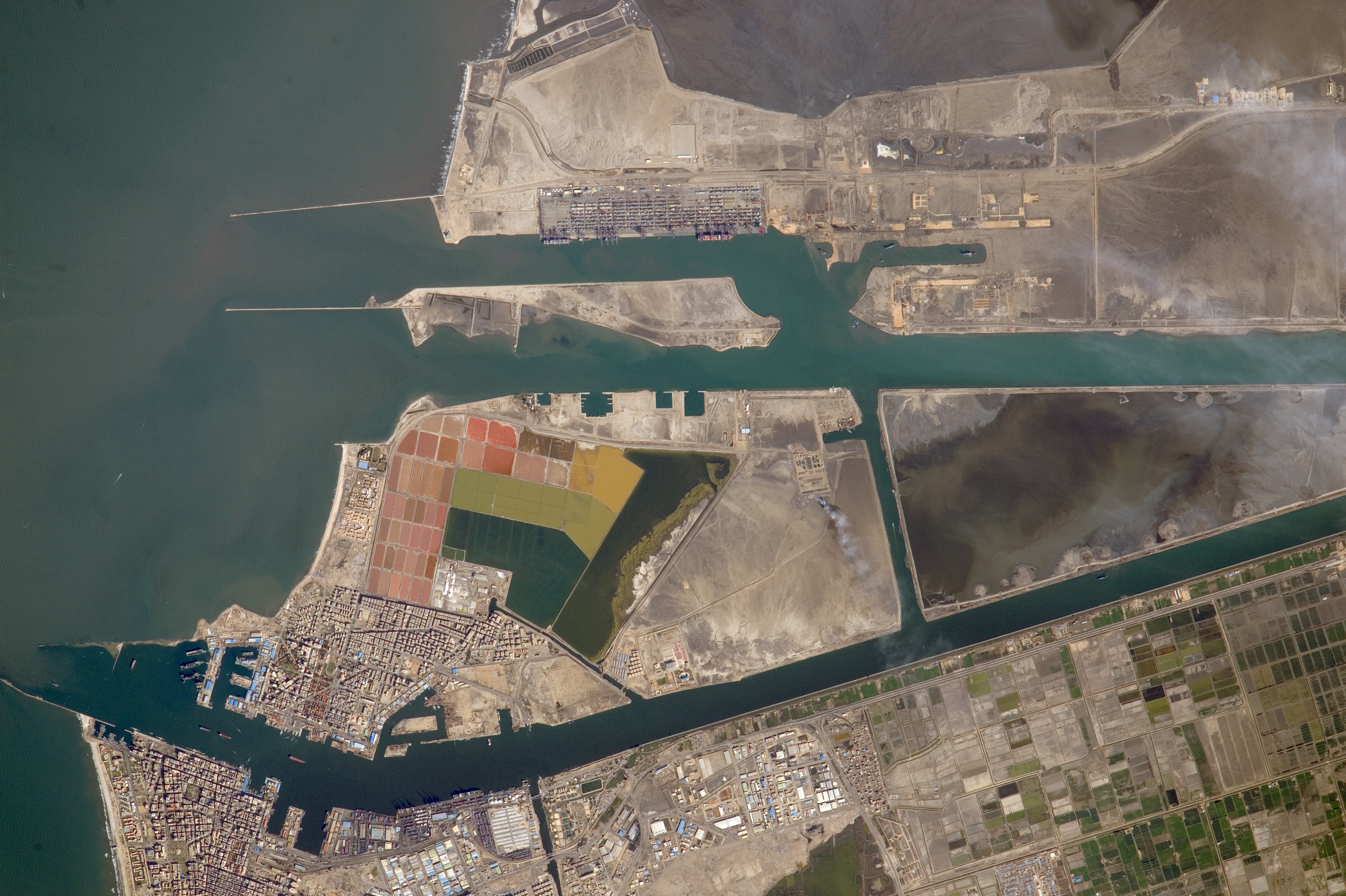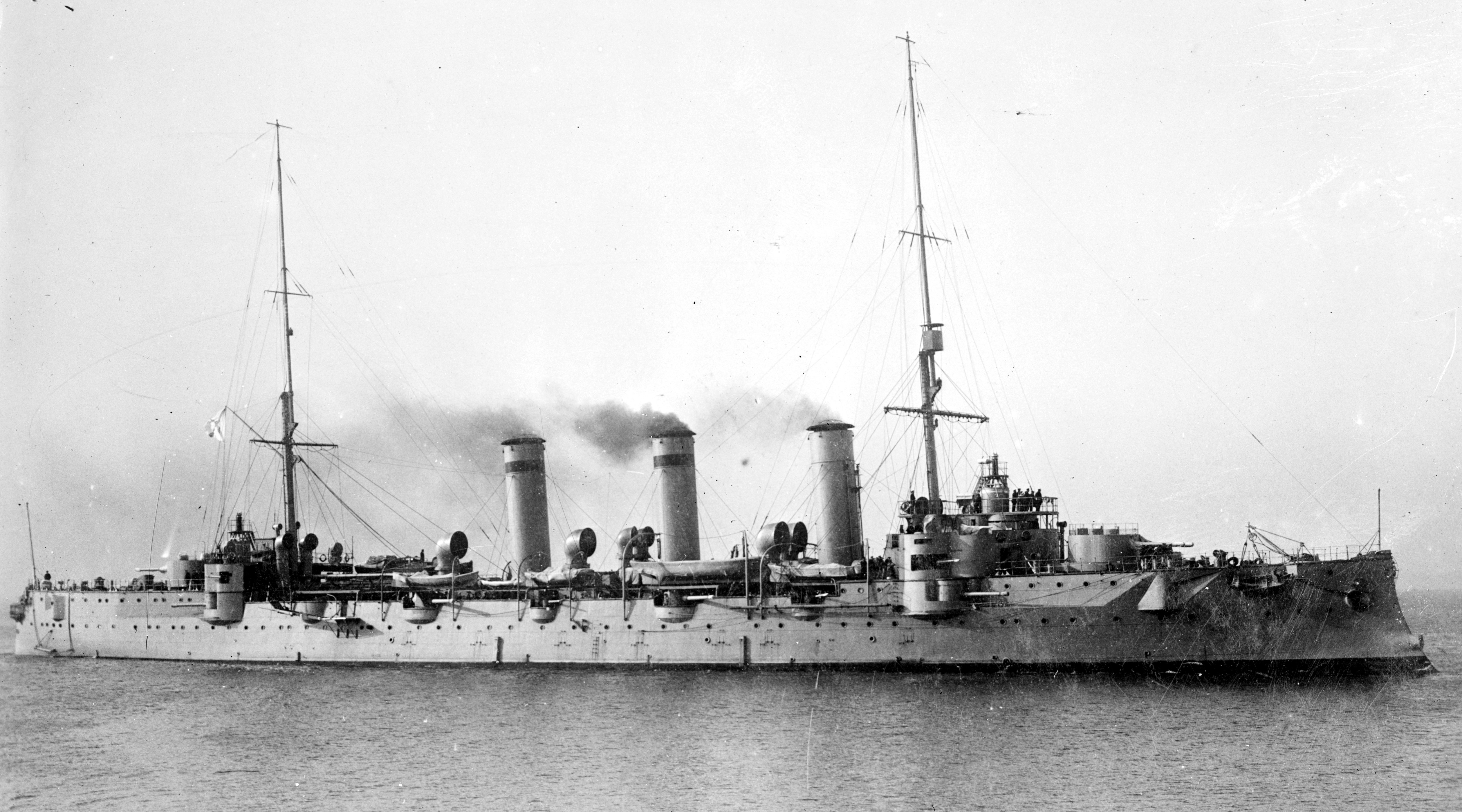|
Musa Ler
Musa Dagh ( tr, Musa Dağı; hy, Մուսա լեռ, ; ar, جبل موسى ; meaning "Moses Mountain") is a mountain in the Hatay province of Turkey. In 1915, it was the location of a successful Armenian resistance to the Armenian genocide, an event that inspired Franz Werfel to write the novel ''The Forty Days of Musa Dagh''. History The deportation orders of the Armenian population of modern-day Turkey, issued by the Ottoman government, in July 1915 reached the six Armenian villages of the Musa Dagh region: Kabusia (Kaboussieh), Yoghunoluk, Bitias, Vakef, Kheter Bey (Khodr Bey) and Haji Habibli. As Ottoman Turkish forces converged upon the town, the populace, aware of the impending danger, refused deportation and fell back upon Musa mountain, thwarting assaults for fifty-three days, from July to September 1915. One of the leaders of the revolt was Movses Der Kalousdian, whose Armenian first name was the same as that of the mountain. Allied warships, most notably the F ... [...More Info...] [...Related Items...] OR: [Wikipedia] [Google] [Baidu] |
Armenian Genocide
The Armenian genocide was the systematic destruction of the Armenians in the Ottoman Empire, Armenian people and identity in the Ottoman Empire during World War I. Spearheaded by the ruling Committee of Union and Progress (CUP), it was implemented primarily through the mass murder of around one million Armenians during death marches to the Syrian Desert and the Forced conversion, forced Islamization of Armenian women and children. Before World War I, Armenians occupied a protected, but subordinate, place in Ottoman society. Large-scale massacres of Armenians occurred Hamidian massacres, in the 1890s and Adana massacre, 1909. The Ottoman Empire suffered a series of military defeats and territorial losses—especially the 1912–1913 Balkan Wars—leading to fear among CUP leaders that the Armenians, whose homeland in the eastern provinces was viewed as the heartland of the Turkish nation, would seek independence. During their invasion of Caucasus campaign, Russian and Per ... [...More Info...] [...Related Items...] OR: [Wikipedia] [Google] [Baidu] |
Musa Dagh Stadtmulde
Musa may refer to: Places *Mūša, a river in Lithuania and Latvia * Musa, Azerbaijan, a village in Yardymli Rayon * Musa, Iran, a village in Ilam Province * Musa, Chaharmahal and Bakhtiari, Iran *Musa, Kerman, Iran * Musa, Bukan, West Azerbaijan Province, Iran * Musa, Maku, West Azerbaijan Province, Iran * Musa, Pakistan, a village in Chhachh, Attock, Punjab, Pakistan * Musa (crater), an impact crater on Saturn's moon Enceladus * Musa (Tanzanian ward), a ward in Tanzania * Abu Musa, an island in the Persian Gulf *Musa Dagh a mountain peak in Turkey *Jebel Musa (Morocco), a mountain known as one of the pillars of Hercules * Jabal Musa, or Mount Sinai, a mountain in the Sinai Desert believed to be a possible location of the Biblical Mount Sinai * Muza Emporion, an ancient port city near present day Mocha, Yemen People * Musa (name), including a list of people with the surname and given name * Moses in Islam * Musa I of Mali, emperor of the Mali Empire 1312–37 * Musa of Parthia, q ... [...More Info...] [...Related Items...] OR: [Wikipedia] [Google] [Baidu] |
Sanjak Of Alexandretta
The Sanjak of Alexandretta ( ar, لواء الإسكندرونة '', '' tr, İskenderun Sancağı, french: Sandjak d'Alexandrette) was a sanjak of the Mandate of Syria composed of two qadaas of the former Aleppo Vilayet ( Alexandretta and Antioch, now İskenderun and Antakya) and became autonomous under Article 7 of the 1921 Treaty of Ankara: "A special administrative regime shall be established for the district of Alexandretta. The Turkish inhabitants of this district shall enjoy facility for their cultural development. The Turkish language shall have official recognition". That was because of the presence of Turkish peoples along with Arabs were making %85 of the population of Hatay. In 1923, Alexandretta was attached to the State of Aleppo, and in 1925, it was attached to the combined State of Syria, with a sort of federal administrative status termed . The 1936 elections in the sanjak returned two MPs favoring the independence of Syria from France, and this prompted commu ... [...More Info...] [...Related Items...] OR: [Wikipedia] [Google] [Baidu] |
Armored Cruiser
The armored cruiser was a type of warship of the late 19th and early 20th centuries. It was designed like other types of cruisers to operate as a long-range, independent warship, capable of defeating any ship apart from a battleship and fast enough to outrun any battleship it encountered. For many decades, naval technology had not advanced far enough for designers to produce a cruiser which combined an armored belt with the long range and high speed required to fulfill its mission. For this reason, beginning in the 1880s and 1890s, many navies preferred to build protected cruisers, which only relied on a light armored deck to protect the vital parts of the ship. However, by the late 1880s, the development of modern rapid-fire breech-loading cannon and high-explosive shells made the reintroduction of side armor a necessity. The invention of face-hardened armor in the mid-1890s offered effective protection with less weight than previously. Varying in size, the armored cruiser was ... [...More Info...] [...Related Items...] OR: [Wikipedia] [Google] [Baidu] |
Seaplane Carrier
A seaplane tender is a boat or ship that supports the operation of seaplanes. Some of these vessels, known as seaplane carriers, could not only carry seaplanes but also provided all the facilities needed for their operation; these ships are regarded by some as the first aircraft carriers and appeared just before the First World War. Terminology In maritime parlance a tender is a vessel that is used to support the operation of other vessels. In British usage, the term tender was used for small craft, with the term depot ship being used for large seagoing vessels. Flying boats and float planes even when based at home in ports and harbour had a need for small support vessels to operate.p British tenders were small craft of launch to pinnace size. These were used to ferry crews, stores and supplies between shore and the aircraft, to maintain the buoys used to mark out "taxiways" and "runways" and to keep these clear of debris to prevent foreign object damage, and in the case of ... [...More Info...] [...Related Items...] OR: [Wikipedia] [Google] [Baidu] |
Port Said
Port Said ( ar, بورسعيد, Būrsaʿīd, ; grc, Πηλούσιον, Pēlousion) is a city that lies in northeast Egypt extending about along the coast of the Mediterranean Sea, north of the Suez Canal. With an approximate population of 603,787 (2010), it is the List of cities and towns in Egypt, fifth-largest city in Egypt. The city was established in 1859 during the building of the Suez Canal. There are numerous old houses with grand balconies on all floors, giving the city a distinctive look. Port Said's twin city is Port Fuad, which lies on the eastern bank of the Suez Canal. The two cities coexist, to the extent that there is hardly any town centre in Port Fuad. The cities are connected by free Ferry, ferries running all through the day, and together they form a metropolitan area with over a million residents that extends both on the African and the Asian sides of the Suez Canal. The only other metropolitan area in the world that also spans two continents is Istanbul. ... [...More Info...] [...Related Items...] OR: [Wikipedia] [Google] [Baidu] |
Jean-Joseph Brisson
Jean-Joseph Brisson (5 May 1868 – 25 July 1957) was a French naval officer who served in the First World War. Born at Cabara in Gironde, Brisson entered the ''École Navale'' in 1886 and the ''École d'application des enseignes de vaisseau'' in 1888. He was named a midshipman first class in 1889 and promoted to ensign in 1894. He served for a time in the colony of Dahomey. Afterwards he became a professor of ballistics at the ''École de canonnage'' and then professor of artillery at the ''École supérieure de la Marine''. In 1912–13, he was second-in-command of the ''École d'application''.Jean and Bernard Guérin, ''Des hommes et des activités autour d'un demi-siècle, 1889–1957'' (Bordeaux: 1957), p. 114. Appointed frigate captain, Brisson took command of the cruiser '' Guichen''. In this capacity, in 1915, he bombarded Ottoman forces near Musa Dagh and helped rescue 5,000 Armenians from genocide, conducting them to Port Said. In 1917, he was promoted head of the ... [...More Info...] [...Related Items...] OR: [Wikipedia] [Google] [Baidu] |
Protected Cruiser
Protected cruisers, a type of naval cruiser of the late-19th century, gained their description because an armoured deck offered protection for vital machine-spaces from fragments caused by shells exploding above them. Protected cruisers resembled armored cruisers, which had in addition a belt of armour along the sides. Evolution From the late 1850s, navies began to replace their fleets of wooden ships-of-the-line with armoured ironclad warships. However, the frigates and sloops which performed the missions of scouting, commerce raiding and trade protection remained unarmoured. For several decades, it proved difficult to design a ship which had a meaningful amount of protective armour but at the same time maintained the speed and range required of a "cruising warship". The first attempts to do so, armored cruisers like , proved unsatisfactory, generally lacking enough speed for their cruiser role. During the 1870s the increasing power of armour-piercing shells made armou ... [...More Info...] [...Related Items...] OR: [Wikipedia] [Google] [Baidu] |
Louis Dartige Du Fournet
Louis René Charles Marie Dartige du Fournet ( Putanges-Pont-Écrepin, 2 March 1856 – Périgueux, 16 February 1940) was a French vice admiral during World War I. Family The Dartige du Fournet family is a surviving family of the old French '' bourgeoisie'', originally from Felletin, in what is now the Creuse department of France. The progenitor of the family was François Dartige (1600–1674), '' bourgeois'' and postmaster at Felletin. It was in the 19th century that the Dartige family took up the name "du Fournet," the surname of a family of former nobility, now extinct, some of whose members were close to Bertrand du Guesclin. The Dartige du Fournet family still owns the Château du Fournet, in Saint-Judoce, France. Biography Early and personal life Louis Dartige du Fournet was born Louis Dartige in Putanges-Pont-Écrepin, France, on 2 March 1856, but his father, Louis Auguste Dartige (receiver of registration and domains), was authorized by presidential decree in 187 ... [...More Info...] [...Related Items...] OR: [Wikipedia] [Google] [Baidu] |
Mediterranean
The Mediterranean Sea is a sea connected to the Atlantic Ocean, surrounded by the Mediterranean Basin and almost completely enclosed by land: on the north by Western and Southern Europe and Anatolia, on the south by North Africa, and on the east by the Levant. The Sea has played a central role in the history of Western civilization. Geological evidence indicates that around 5.9 million years ago, the Mediterranean was cut off from the Atlantic and was partly or completely desiccated over a period of some 600,000 years during the Messinian salinity crisis before being refilled by the Zanclean flood about 5.3 million years ago. The Mediterranean Sea covers an area of about , representing 0.7% of the global ocean surface, but its connection to the Atlantic via the Strait of Gibraltar—the narrow strait that connects the Atlantic Ocean to the Mediterranean Sea and separates the Iberian Peninsula in Europe from Morocco in Africa—is only wide. The Mediterranean Sea ... [...More Info...] [...Related Items...] OR: [Wikipedia] [Google] [Baidu] |
Ottoman Army (1861–1922)
, image = File:Osmanli-nisani.svg , dates = 1842/1861 – 1922 , country = , allegiance = Ottoman Sultan , branch = , type = Army , size = ~2,873,000 est. (1918) , command_structure = , garrison = Constantinople , garrison_label = , nickname = , patron = , motto = , colors = , colors_label = , march = , mascot = , equipment = , equipment_label = , battles = World War I ( Battle of Gallipoli), Arab Revolt, Tripolitanian War, Balkan Wars , anniversaries = , decorations = , battle_honours = , commander1 = Mehmed V (World War I) , commander1_label = Sultan , commander2 = , commander3 = Ismail Enver Pasha , commander3_label = Minister of War , notable_commanders = Mustafa Kemal Atatürk , notable_c ... [...More Info...] [...Related Items...] OR: [Wikipedia] [Google] [Baidu] |






